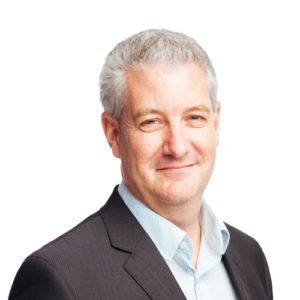Last week in Queensland the weather was perfect. It was perfect for those at the beach during school holidays but also perfect for renewable energy.
As everyone in the NEM knows, Queensland is better known for its dominant coal generation, at times pumping out 80% of Queensland’s power supply. With the clear skies and just enough wind, Queensland became the renewable state.
Last week, Queensland’s demand was supplied by over 66% renewable energy. Solar was the largest contributor of renewable energy with wind coming in second.
Previously we have seen the state powered by 50% renewables but the 66% hurdle is a positive message for end users impacted by the reliability and behaviour of the thermal generators.
The Palaszczuk government announced their 10-year-energy plan which involved introducing two new pumped hydro mega-projects in regional Queensland and a green conversion of its coal-fired power generators. The Palaszczuk government also has recently announced upping the target of 50% renewable energy by 2030 to 70% by 2032.
Despite this increase in target, until recent years coal has remained dominant in Queensland. The government has all but ruled out the early retirement of any of the state-owned coal-fired power stations, following pressure from unions. Some could say the slow uptake in renewables is due to supply chain issues, registration, connection and construction delays while other may say it results from the government owning a significant portion of the existing thermal and non-thermal generation that is reaping high returns due to the spot and forward energy prices.
AEMO’s recent Integrated System Plan (ISP) shows the NEM will contain over 80% capacity coming from renewables by 2030. While the renewable industry in Queensland has been slow to grow recently more federal funding is being used to rewire the nation by connecting renewable energy zones (REZ) to end users. With the rewiring in place developers are less restricted in building and financing renewable projects and producing renewable energy.
Industry is also looking for renewable energy to meet their sustainability targets which leads to a market for new renewable projects. AEMO indicated there are thousands of MWs of renewable projects waiting to be built.
If Queensland followed the latest ISP, the state would require an additional 30GW of energy from renewable sources and the storage required to make it useful for end users when the sun does not shine, or the wind does not blow.
Today’s announcement by the premier outlined the $62B plan for Queensland energy and jobs. The plan includes:
- 70% of Queensland’s energy supply from renewables by 2032
- 80% of Queensland’s energy supply from renewables by 2035
- Two new pumped hydros at Pioneer/Burdekin and Borumba Dam by 2035
- A new Queensland SuperGrid connecting solar, wind, battery and hydrogen generators across the State
- Unlocking 22GW of new renewable capacity – giving Queensland 8 times the current level of renewables
- Publicly owned coal fired-power stations to convert to clean energy hubs to transition to, for example, hydrogen power, with jobs guarantees for workers
- Queensland’s publicly-owned coal-fired power stations to stop reliance on burning coal by 2035
- 100,000 new jobs by 2040, most in regional Queensland
- 11.5GW of rooftop solar and 6GW of embedded batteries
- 95% of investment in regional Queensland
- Building Queensland’s first hydrogen ready gas turbine
With this announcement by the Premier, Edge look forward to more renewable generation entering the market resulting in savings for end users and the planet.
If procuring renewable energy is one of your company goals, Edge2020 can help you build a PPA to support your sustainability strategies. Contact us on 1800 334 336 or info@edge2020.com.au
